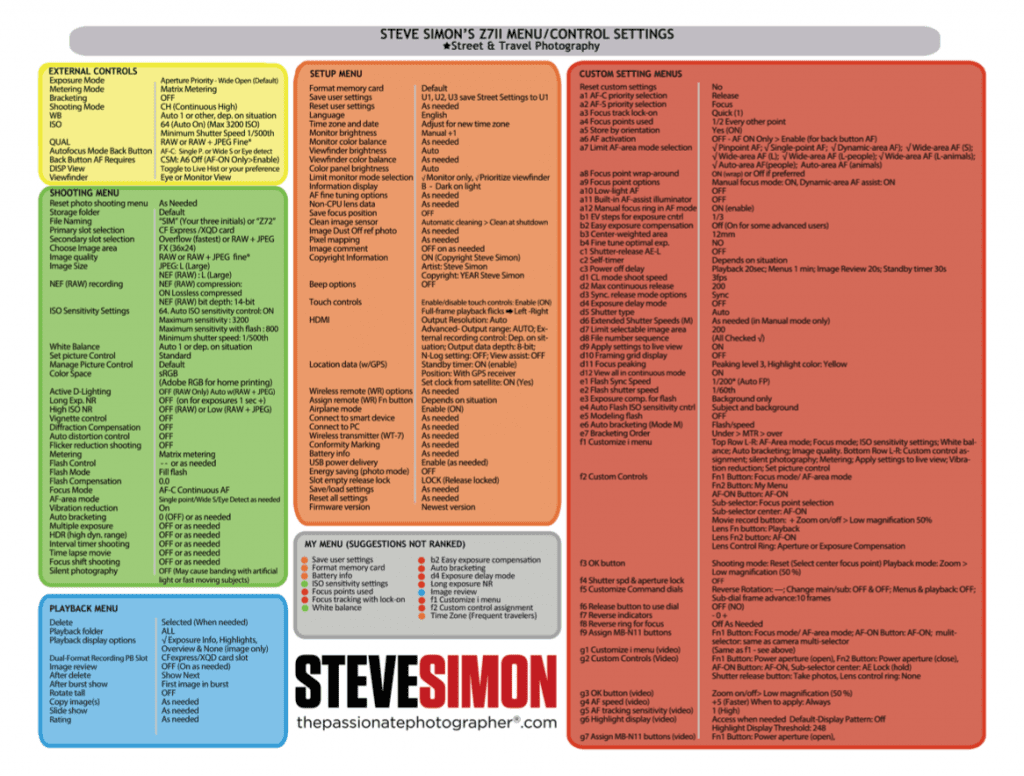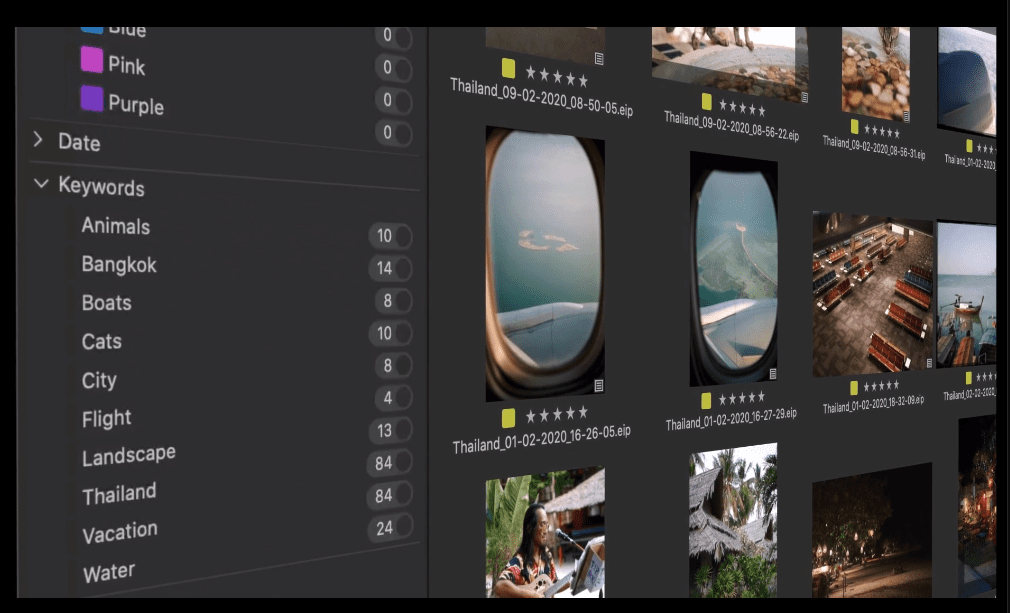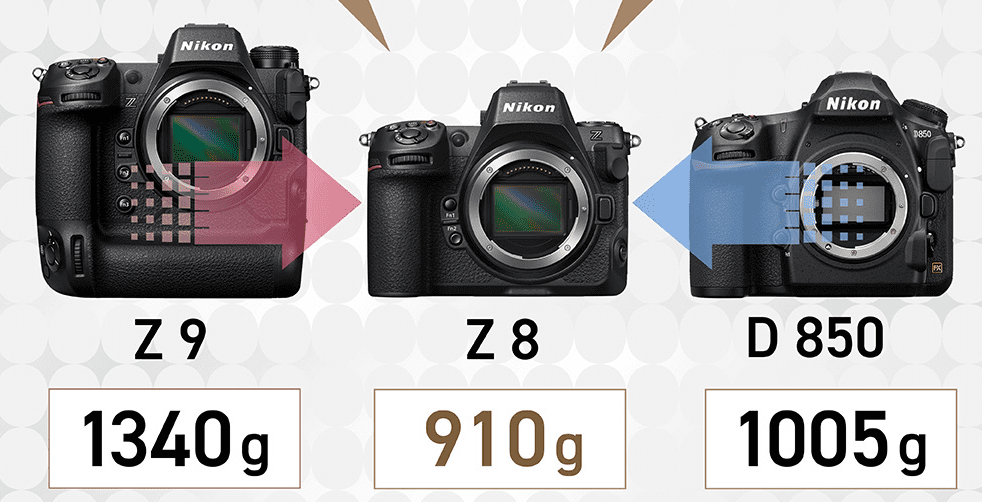Time is something precious. In the photography of a fast-moving world you don’t have much time to react and capture the best moment. Technology has made it easier but it’s still not easy and likely never will be.
To put the odds of capturing a decisive moment in my favor, I like to simplify my process so I can react quickly and get the shot. Nikon has helped speed things up with incredibly accurate auto modes, from exposure to white balance and fast frame rates. But there’s another unsung hero of auto modes that I’ve come to rely on and it’s Auto ISO.
With Auto ISO, even manual mode becomes automatic because whichever aperture and shutter speed you set— ISO magically shoots up or down to give you the right exposure.
If for some reason you had a need to set both a specific apertures and shutter speed, Auto ISO will float to the magic number that makes your exposure as good as the amazingly accurate Matrix Metering system will allow.
But I don’t use it that way.
Firstly, I like to keep things simple. I’m mostly in Aperture Priority and when I know I’ll be shooting in unpredictable fast-moving circumstances with always changing light, which is what a street photographer encounters everyday— I turn Auto ISO on.
The beauty of Auto ISO for Aperture Priority shooters is essentially gives you both Aperture and Shutter Priority modes, letting you control depth of field or selective focus while maintaining an image-sharpening fast shutter speed.
Here’s how it works. With Auto ISO, you can set a minimum shutter speed and a maximum ISO and the camera will try and stay within these boundaries. I began experimenting with the Auto ISO a few years ago and the benefits of this powerful feature were immediately obvious to me, and will be to you shortly.
Why Auto ISO
In my experience as a photographer and photo educator, the number one reason an image gets tossed in the trash instead of hung on the gallery wall, is that the shutter speed was too slow. As a consequence you get a blurred image, either by camera or subject movement. Sometimes that slow shutter speed can help a picture by creating the illusion of movement within the frame, as with panning cars or athletes as an example. But more likely, the blur is hurting the picture. Auto ISO to the rescue.
With Auto ISO, you tell your Nikon camera to use a minimum shutter speed of let’s say 1/400th of a second and also tell it a maximum ISO you’re comfortable with, say 3200. (But selecting a maximum ISO is changing as Nikon makes improvements in High ISO performance. I can’t wait to see how the new D5 and D500 bodies deliver in low light).
Then, as you move from frame to frame, from outside to indoors, the camera will boost the ISO as needed so that you get a correct exposure at a minimum shutter speed of 1/400th of a second.
So when you duck into the ally to catch that touching moment, you just have time to focus and shoot. Don’t worry, Auto ISO has your back, boosting the number to 800 for example to allow you to capture a beautiful and sharp moment at 1/400th of a second. After a while you forget it’s on. In bright sunlight it stays at the sweet spot or lowest ISO your camera allows for maximum dynamic range.

How fast your minimum shutter speed should be is a matter of personal preference born from experience. Usually I find that 1/320th of a second is a fast enough minimum to freeze most moving subjects while neutralizing camera shake.
But with high resolution sensors like the ones in your Nikon D800, that 36 megapixel capture reveals amazing detail but also any shortcomings in technique are also exposed. So I think erring on the side of faster minimum shutter speed makes sense. You have almost the full shutter speed range to choose your minimum, from one full second to 1/4000th of a second, but mostly I choose 1/400th.
There is also an “Auto-Auto” ISO option at the top of your minimum shutter speed list. This means that the camera will vary the minimum shutter speed according to which lens is on the camera.
In theory this is a good idea, because it’s true – you can hand hold a wider lens at slower shutter speeds then you can a telephoto, which magnifies camera shake as well as the image itself. But in practice I prefer a faster shutter speed even though I know I can hand-hold a 35mm lens at 1/30th of a second or even much slower with a VR lens. (the algorithm with Auto ISO is to set a shutter speed close to 1/focal length of lens. That’s 1/500th of a second with a 500mm and 1/60th with a 60mm Macro for example). I don’t recommend this option because I prefer my minimum shutter speed to kick in with all focal lengths.
Better to have a sharp image with a slightly higher ISO than a blurry, great dynamic range image that gets tossed in the trash. In some fast action and sports shooting situations, I bump my minimum shutter speed even higher.
Auto ISO has become so popular that thankfully Nikon engineers have allowed us to toggle it on and off quickly by press and holding the ISO button and turning the front sub-command dial.
So switching it on or off is easy; changing the minimum shutter speed or max ISO is a little harder since this option is buried in the menu settings, usually in the middle of the Shooting Menu > ISO Sensitivity Settings. It’s such a useful feature that I’ve added it to My Menu for fast and easy access.
When using Auto ISO, make sure your ISO sensitivity (not your maximum ISO setting) is at the lowest number, 64, 100 or 200 depending on your model. This is because Auto ISO only fluctuates between the bottom number ISO and the maximum you’ve set.
If your ISO sensitivity is set to 800 and the maximum you told your camera to go on Auto ISO is 3200, then it will will only drift between 800 and 3200. You always want to give Auto ISO the possibility of going to the lowest number for maximum quality.
So can you see the great advantage of using Auto ISO for a lot of your shooting?
When do I use it? Most of the time these days since a lot of my work is on the street.
When not to use it? Turn it off on a tripod (since you no longer need fast shutter speeds for sharp images) or when you want to be in Manual Exposure Mode. I used to recommend not using with flash since the algorithms would often choose an ISO higher than you needed. But on the new D5/D500 they have solved this problem with a new Auto ISO “Maximum sensitivity with flash” option

Just one more note. Auto ISO will never exceed the maximum ISO you set, but in Aperture Priority if you are in dim light and have 1/400th of a second set as you minimum speed—when Auto ISO floats to the maximum ISO you allow and there’s not enough light to give you both 1/400th of a second and the right exposure—-Auto ISO makes an executive decision: It slows your shutter speed below the minimum you requested and gives you the right exposure.
It’s not a miracle worker. It’s not going to hire Joe McNally to light the scene. So be aware.












Excellent practical article that tends to confuse many on how auto iso works; very well written and thank you. Keep writing!
Thanks and I will!
Nice article. Just wondering what metering mode is recommended for using auto ISO? Spot, central or matrix? Typically for shooting concerts I use spot but sometimes I don’t feel like auto ISO is working for me :/
Hi Eric,
Yes, concert shoots are tricky…Auto ISO will work like any Auto mode…but when you have large areas of light or mostly dark as with concert photography…metering is always tricky. The newer Nikons have Highlight weighted metering which might work best for that type of shooting… http://nps.nikonimaging.com/technical_solutions/d810_tips/highlight/
Nice Article.
I really appreciate your last paragraph where you shared an important fact that Min. Shutter Speed in Auto ISO setting is a preferred value and the Max. ISO value is a locked value. I have seen many people overlooking this fact and tend to question the camera’s ability. Also, there are not many articles as enlightening as this.
Thanks, yes it has been my experience that too slow a shutter speed is often the culprit for why a picture is not as strong as it could be…
When you say “on the new D5/D500 they have solved this problem with a new ‘Auto ISO Maximum sensitivity with flash’ option. Does that mean Nikon has finally got rid of that annoying 400 max iso when 100 is set, 800 max when 200 is set etc algorithm? Is it something you can confirm if it is?
Thanks
You now have the option to set Auto ISO Maximum sensitivity specifically for flash work, but it’s not something I’ve tried yet!
Absolutely right Steve. I shoot mostly birds which, for the most part, are continuously on the move. Jumping from perch to perch, flying or simply moving head, tail, wings all the time. I choose a ss faster than 1/fl; a f-stop that will give me sufficient dof and auto-iso does the rest within the limits I set. Great article !
FRITSCHI PHOTOGRAPHY on Flickr.
Preaching to the converted…thanks for the comment Christian.